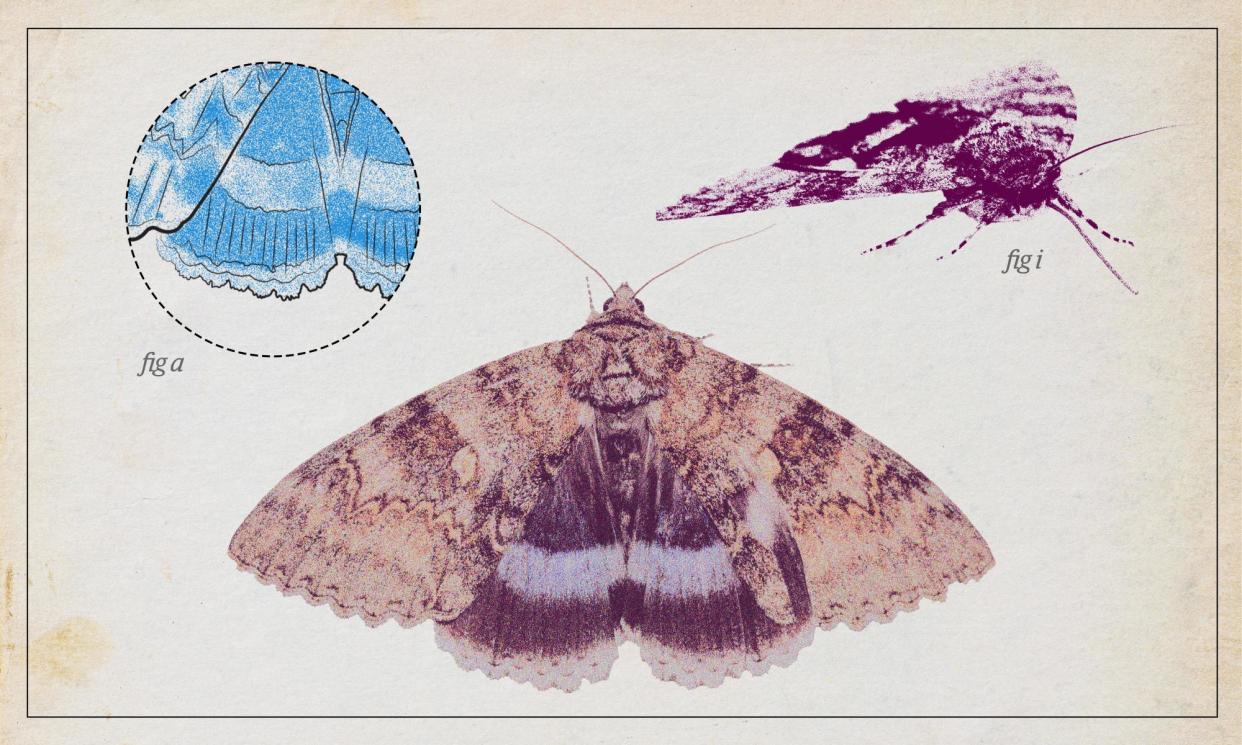‘Monster of the moth world’: why Clifden nonpareil is ultimate prize for collectors

Butterflies? Pah! Invert cognoscenti know that the silly, superficial and frankly insignificant band of 59 British butterflies are beaten every time for beauty, biodiversity and importance by Britain’s 2,500-plus moth species.
Related: Nominate your UK invertebrate species of the year
Moths bewitch, and possess far superior names to butterflies, too. And, as this one’s name suggests, nothing compares to the Clifden nonpareil, or Catocala fraxini.
This monster of the moth world boasts a wingspan of up to 95mm. Its upper wings are beautifully patterned in delicate lacework of light and dark greys, which make this conspicuously large insect extremely inconspicuous at rest. But when the moth throws off its camouflaged cloak and flashes its hindwings, it reveals a slash of stunning powder-blue. (In Germany, this moth is known as “the blue ribbon”.) Blue is an unusual colour in moths.
If an invertebrate linked to the greatest political sex scandal in British history appeals, then the Clifden nonpareil must get your vote. It takes its name from its discovery at what is now Cliveden House, many decades before 19-year-old Christine Keeler dazzled John Profumo at a pool party at the foreign secretary’s country residence. This moth was first spotted in an equally tantalising pose, “sticking against the body of an ash tree near Cleifden”, according to a notable lepidopterist of the day.
For two centuries, the Clifden nonpareil was a rare migrant, and the ultimate prize for moth collectors. There was even a thriving trade in fraudulent “British” specimens. Clifden fever led the 20th-century naturalist and writer PBM Allan to declare: “I verily believe that the sight of a Clifden nonpareil flying round my bedroom would make me leap from my deathbed.”
During the 1930s, the moth started breeding (its caterpillars feeding on poplar trees and aspen) in Kent and probably in Norfolk. By the time of the Profumo affair, however, it was extinct, wiped out by changing forestry practices.
Happily, we have re-entered the age of the nonpareil. Since 2000, records of the spectacular moth have surged. As well as regularly flying in from overseas, the Clifden nonpareil is breeding again across southern Britain. Climate change is helping this species move north. Last year was a particularly good one, with sightings all over – even, for the first time, in my dad’s (humane) moth trap.
Welcome to the Guardian’s invertebrate of the year competition! Every day for the next two weeks we’ll be profiling one of the incredible invertebrates that live in and around the UK. Let us know which invertebrates you think we should be including here. And at midnight on Friday 12 April, voting will open to decide which is our favourite invertebrate – for now – with the winner to be announced on Monday 15 April.


